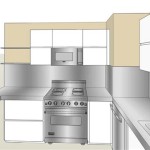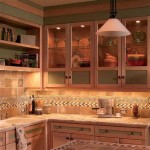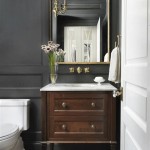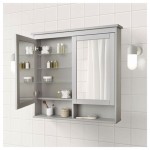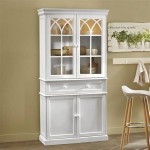What Happens If You Don't Sand Cabinets Before Painting?
Sanding cabinets before painting is a crucial step that should not be skipped if you want to achieve a professional-looking and long-lasting finish. While it may seem like an unnecessary task, sanding plays a vital role in preparing the surface for paint adhesion, preventing peeling, and ensuring a smooth and uniform appearance.
Failing to sand cabinets before painting can result in several unfavorable outcomes:
1. Poor Paint Adhesion:
Sanding creates a rougher surface that allows the paint to adhere better. Without sanding, the paint may not stick properly to the slick finish of the cabinets, leading to peeling, chipping, and flaking over time.
2. Uneven Finish:
Sanding removes any imperfections or unevenness in the surface, ensuring a smooth and consistent finish. If you paint without sanding, the paint may highlight existing bumps or scratches, resulting in a sloppy and unprofessional-looking appearance.
3. Visible Brushstrokes:
Sanding helps to level the surface and remove any debris or dust particles. If you paint without sanding, the brushstrokes may become more visible, creating an uneven texture and detracting from the overall look.
4. Reduced Durability:
A properly sanded surface provides a strong mechanical bond for the paint, increasing its durability and longevity. Without sanding, the paint may be more susceptible to wear and tear, making it more likely to chip or peel in high-traffic areas.
5. Wasted Effort and Materials:
Skipping the sanding step may seem like a shortcut, but it can actually lead to wasted time and materials. If the paint does not adhere properly due to insufficient sanding, you may need to repeat the painting process, resulting in additional expenses and frustration.
Conclusion:
Sanding cabinets before painting is an essential step that should not be neglected. It ensures proper paint adhesion, prevents peeling, creates a smooth and uniform finish, enhances durability, and saves you time and effort in the long run. By taking the time to sand your cabinets thoroughly, you can achieve a professional-looking finish that will last for years to come.

What Happens If I Don T Sand Cabinets Before Painting Cabinet Refinishing Edmonton

How To Paint Kitchen Cabinets A Step By Guide Confessions Of Serial Do It Yourselfer

How To Paint Kitchen Cabinets A Step By Guide Confessions Of Serial Do It Yourselfer

Prep And Paint Cabinets Without Sanding

Yes Paint Over Stained Wood Without Sanding Porch Daydreamer

How To Paint Kitchen Cabinets Without Sanding Or Priming

Paint Kitchen Cabinets Without Sanding Six Simple Steps

Yes Paint Over Stained Wood Without Sanding Porch Daydreamer

What You Need To Know Before Painting Cabinets The Palette Muse

How To Paint Kitchen Cabinets Without Sanding Or Priming
Related Posts




